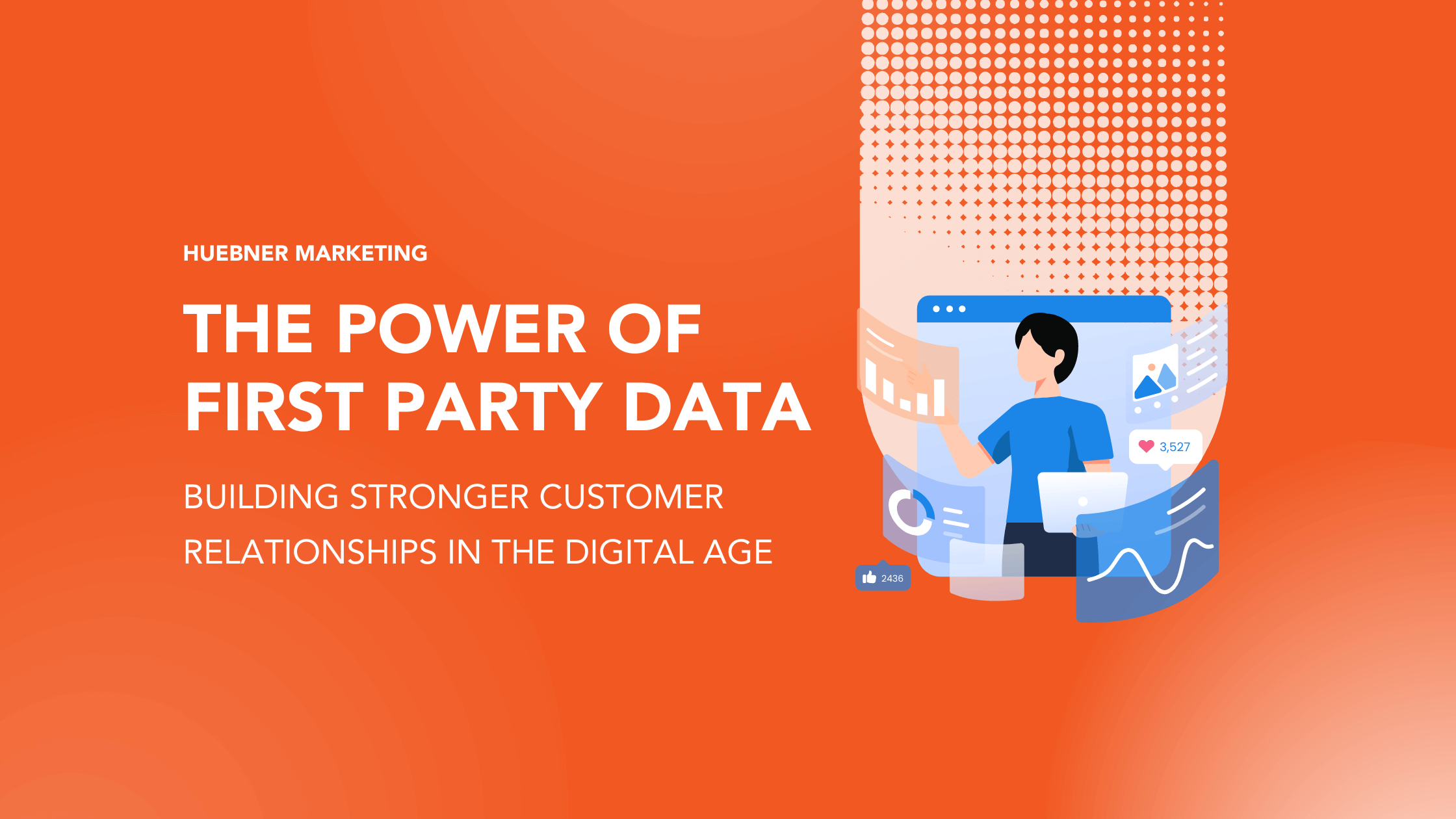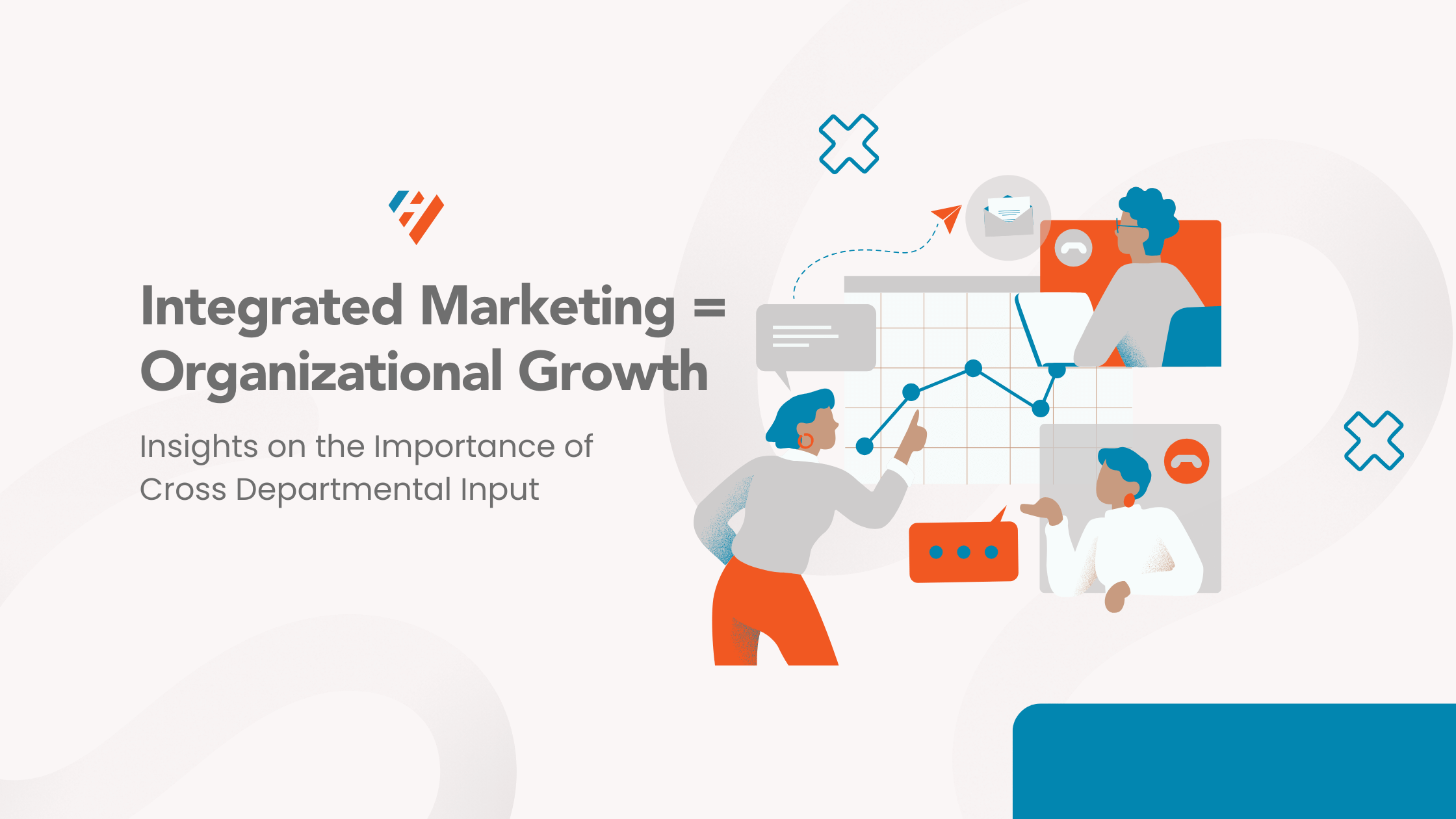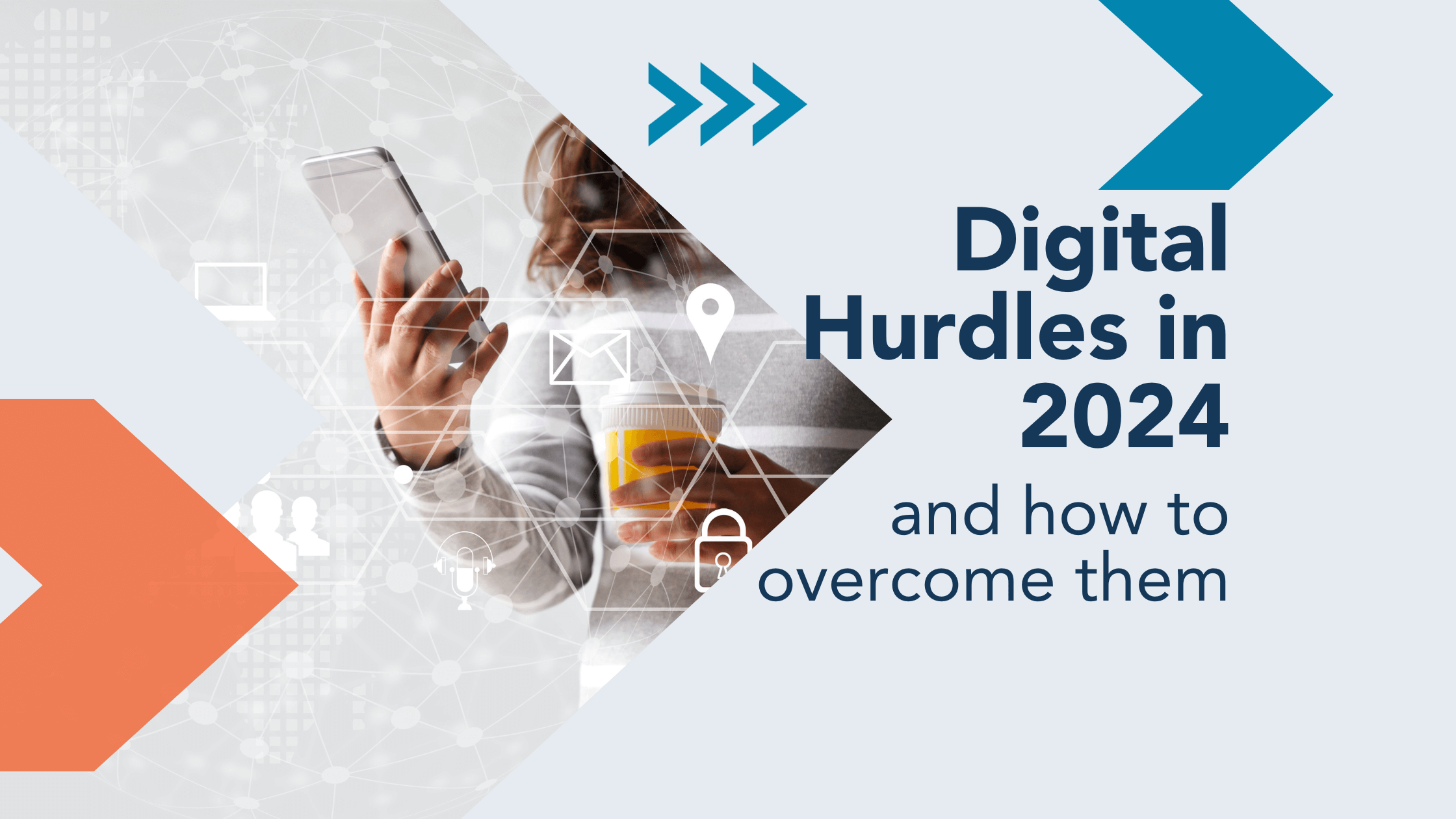
The Power of First-Party Data
Tried and True Digital Tools Deliver Data:
An Ode to the Classics
While much of digital communication relies on trend awareness – knowing what topics, platforms, and delivery methods are most effective in the moment – some of it can now be considered as classic as cable TV. Websites, email, and chatbots are tried and true digital marketing tools, allowing your brand to remain present and ready to converse when your audience’s timing is right. The greatest thing about these classics is that they are prime collectors of first-party data, information voluntarily provided by your target buyer. Contact info, preferences, search histories, and position in the process of buying are all data points that can be collected through these tools – which can be used to build stronger relationships and encourage brand loyalty.
As the marketing world gets antsy about the end of third-party data, new mobile privacy settings, AI-assisted search, and rising ad costs, we are here to help you feel cool and confident about the future and understand the power and potential first-party data offers, and how returning to your roots will prove truly beneficial.
What is First-Party Data?
First-party data refers to the information your audience voluntarily provides directly to your brand. This can include data collected through channels such as email sign-ups, chat conversations, survey responses, and website interactions. Unlike third-party data, which is obtained from external sources, first-party data is valuable because it is based on real interactions with your audience, giving you more accurate insights into their behaviors, preferences, and interests.
Building Stronger Customer Personas
One of the key advantages of leveraging first-party data is the ability to create more robust and accurate buyer personas. By analyzing the data collected from various touchpoints, you can gain deeper insights into your audience’s demographics, preferences, and purchasing behaviors. This allows you to tailor your marketing strategies and messaging to resonate more effectively with your target audience, ultimately leading to higher engagement and conversion rates.
Reaching Your Audience Effectively
With an abundance of data, tools, best practices, and bandwagons, reaching your target audience has become both challenging and essential. First-party data provides you with the necessary insights to segment your audience and deliver personalized experiences in the methods that they prefer. By understanding their preferences and behaviors, you can create targeted campaigns that are more likely to result in the engagement you want.
Whether through email marketing, social media targeting, or personalized website experiences, leveraging first-party data enables you to deliver the right message to the right people at the right time.
Improving Conversion Rates
Conversion rates are the lifeblood of any successful marketing campaign. First-party data allows you to understand customer behavior patterns and identify opportunities to optimize your conversion funnels. By tracking their interactions and analyzing their preferences, you can tailor your marketing efforts to align with their needs and desires. This level of personalization not only increases the chances of conversion but also fosters trust and loyalty, leading to long-term customer relationships.
Implementing and Improving First-Party Data Collection
To fully harness the power of first-party data, it’s essential to implement effective data collection strategies. Here are some techniques to consider:
- Encourage Opt-Ins: Provide incentives for customers to share their preferences and information voluntarily. This can be done through exclusive content, discounts, or personalized experiences.
- Strengthen CRM Systems: Invest in robust Customer Relationship Management (CRM) systems to effectively gather, organize, and leverage first-party data. This will enable you to analyze and act upon customer insights in a more timely and targeted manner.
- Contextual Targeting: Shift towards contextual targeting based on the content being consumed rather than relying solely on user data. By focusing on the context, you can deliver more relevant ads and experiences.
Creative Ways Brands Are Using First-Party Data
Leading brands are finding innovative ways to use first-party data to continue conversations with their customers and drive meaningful engagement. Here are a few examples:
- Personalized Retargeting: Utilizing first-party data, brands can create customized remarketing campaigns that follow up with customers based on their previous interactions, driving conversions and nurturing relationships.
- Loyalty Programs: By capturing customer data through loyalty programs, brands can personalize offers and rewards, enhancing the overall customer experience and fostering loyalty.
- Exclusive Content and Experiences: Brands can use first-party data to offer exclusive content and experiences to customers, creating a sense of exclusivity, fostering brand loyalty, and driving ongoing engagement.
As we navigate the hurdles of digital marketing in 2024, the role of first-party data cannot be overstated. It allows brands to build stronger customer personas, reach their audience more effectively, and improve conversion rates. By implementing effective data collection strategies and leveraging the insights gained from that data, brands can deepen customer relationships, drive meaningful engagement, and stay ahead of the competition in the digital age.
We hope you found this article informative and inspiring as you navigate the digital marketing landscape in the upcoming year. If you have any questions or need further guidance, feel free to reach out to us. Let’s make 2024 a year of leveraging the power of first-party data for your brand’s success!




